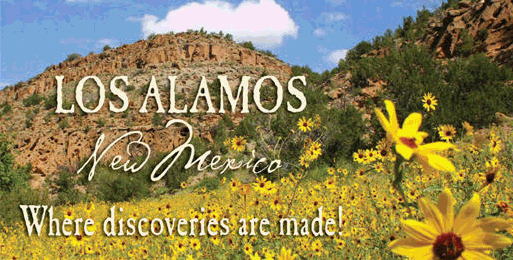We drove to Alamogordo today, another lovely (and I say that with total sarcasm) southern New Mexico town. Alamogordo is situated in the Tularosa Basin, a low spot caused by the downward movement of the land between parallel faults. These faults are considered part of the Rio Grande Rift system that fractures the state from north to south. To the west of Alamogordo are the San Andreas Mountains and to the east are the Sacramento Mountains. I find these names funny since I grew up in California, near Sacramento and very much aware of the San Andreas Fault system nearby.

Just outside of Alamogordo is the White Sands National Monument. These are not your ordinary silica (quartz) sand dunes. The sand at White Sands are made of fine white grains of gypsum and encompass about 275 square miles. Three things are needed to form sand dunes: a source of sand, plenty of wind, and a place where the sand can be deposited.

The main source of the white sand is the erosion of the San Andreas Mountains to the southwest of the dunes. When the Permian sea evaporated 250 million years ago, it left behind deposits of salts and gypsum, and turning into the limestone rock that underlie this whole area between Carlsbad and Alamogordo. The area was uplifted and exposed 10 million years ago and over time, the rock has broken down into sand-sized particles that were carried by the wind to be deposited at the monument. The other source are alkaline lakes that evaporate and leave behind gypsum deposits that get transported by the wind.

Our first stop at White Sands National Monument was the Visitor Center, where we rented sleds. We got a park map as we journeyed out on a 16-mile driving tour through the dunes. At the halfway point where the Transverse Dunes were, we found a really great hill to sled down, spending a lot of time climbing up the dune and sliding down it. The sand was so soft and cool; I loved how it sparkled in the sun. On the way back, we stopped to get out and walk along some trails. We walked on the shorter trails, the Big Dune Nature Trail (1 mile on the Parabolic Dunes), and the Interdune Boardwalk (1/3 mile). Both were great and wonderful to explore.
I do have to say though, all that sand and no ocean....but it was quite the experience!
P.S.: Transverse dunes form perpendicular to the prevailing wind, Parabolic dunes are u-shaped.



Neat
"Let all that you do be done in love"
1 Cor 16:14
"Let all that you do be done in love"
1 Cor 16:14































